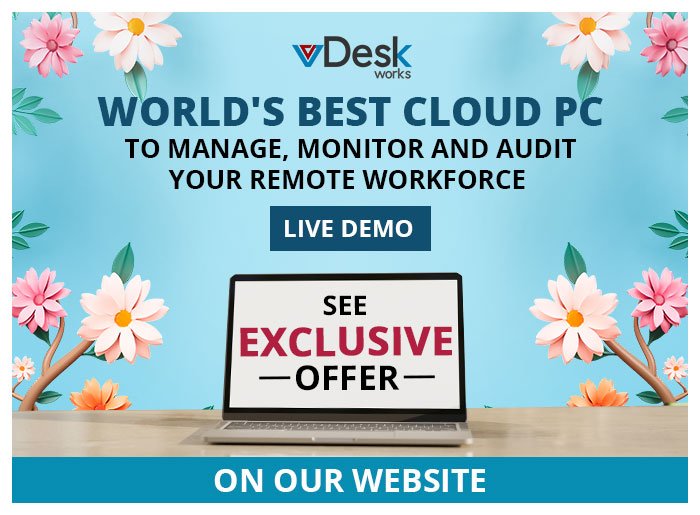In today’s rapidly evolving business world, efficient team organization is essential for long-term success. With the rise of remote work and the expansion of collaboration beyond geographical constraints, selecting the appropriate tools has become critical. Among the multitude of options available, two prominent solutions are transforming the landscape of team collaboration: Desktop as a Service (DaaS) and Virtual Desktop Infrastructure (VDI) providers. These platforms not only emphasize seamless integration and accessibility but also place a strong emphasis on robust security measures, safeguarding your data and workflows against potential threats.
DaaS Provider:
DaaS providers offer a cloud-based solution that allows users to manage and access desktop from any device with internet connectivity. This eliminates the need for high end physical infrastructure and grants flexibility for team members to work remotely. With DaaS, accessing desktop environments, applications, and files securely from anywhere becomes effortless.
Key Features:
Accessibility: Effortlessly access desktops from any location, enabling seamless collaboration without interruptions.
Scalability: Effortlessly adjust resources based on fluctuating demands, without the burden of managing hardware.
Collaboration: Foster real-time collaboration by effortlessly sharing documents and applications with team members.
Security: Robust security measures ensure data integrity and prevent unauthorized access, instilling confidence in handling sensitive information.
Virtual Desktop Infrastructure VDI Provider:
VDI providers offer virtualized desktop environments hosted on remote servers, allowing for customization and control tailored to specific organizational needs. This flexibility, coupled with high-performance computing capabilities, makes VDI ideal for businesses with stringent requirements or compliance standards. Teams can thus enjoy the benefits of virtualization while adapting the environment to suit their unique workflows.
Key Features:
Customization: Tailor the virtual desktop environment to align seamlessly with organizational workflows and preferences.
Performance: Experience superior computing performance, even with resource-intensive tasks or applications.
Compliance: Address industry-specific compliance requirements with enhanced security features and comprehensive auditing capabilities.
Flexibility: Adapt the virtual desktop infrastructure to evolving business needs without compromising security or performance.
Security Features:
In addition to the inherent advantages of DaaS and VDI, both solutions prioritize security to safeguard data and workflows against potential threats, including espionage and unauthorized access. Leveraging advanced encryption, multi-factor authentication, and proactive monitoring, these providers ensure data remains secure whether in transit or at rest.
Protection Against Spying:
Amid escalating cybersecurity threats, safeguarding sensitive data from prying eyes is paramount. DaaS and virtual desktops offer a secure environment where data remains encrypted and inaccessible to unauthorized individuals. By centralizing desktop management and implementing robust security protocols, DaaS and VDI providers mitigate the risk of spying and unauthorized access, thereby safeguarding critical organizational assets.


